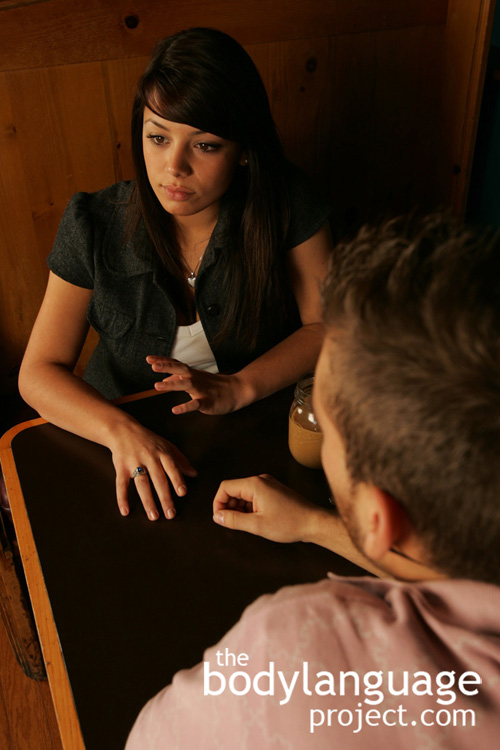Reading people involves connecting all their signals, both verbal and nonverbal, throwing out the junk and connecting the rest to create meaning. The full story can only be told when all or most the factors about your target are connected. Research has shown that it is far easier to get away with a written lie over one told over the phone. From those facts you might guess that telling a lie in person is the hardest. Each additional communication channel that is added gives us more clues as to what is really going on.
You are missing the rest of the article! There is more content to read: Click to Register and Get Free Access To Read ALL Of This Content
If we could adding information, such as a person’s heart rate and sweat gland activity which is the primary channels using in lie detector machines we could be even more accurate. Therefore, just using one channel, and ignoring others, won’t allow us to do our jobs as accurately as using all the available channels.When we say that a person is “perceptive” what we really mean is that they are able to read the contradictions between what someone is saying and their body language. For example, someone might fidget, avoid eye contact and touch their nose but still be delivering a true statement. The reason is that, at times, these conflicting signals come from ambivalence, or outright uncertainty. Other times body language leaks through fatigue or other anomalous stimuli. The expert body language reader will intuitively understand the roots of nonverbal signals primarily by examining people through context and then relate the body language seen to actual meaning. For example, a good body language reader will properly connect fidgeting, tapping toes, and scratching the side of the nose with being tired, which is the right conclusion, rather than lying, one that is fabricated, because they will note the right circumstances surrounding the nonverbal language.
[/dw-post-more ]
To accurately read body language we need to connect the perception we have of the situation with the body language present, then use context, coupled with our know history of the person we are reading (i.e. their disposition and habits, or their “baseline”) to determine what is really going on. Advanced reading of body language is not simple, the process happens quickly and continuously.

